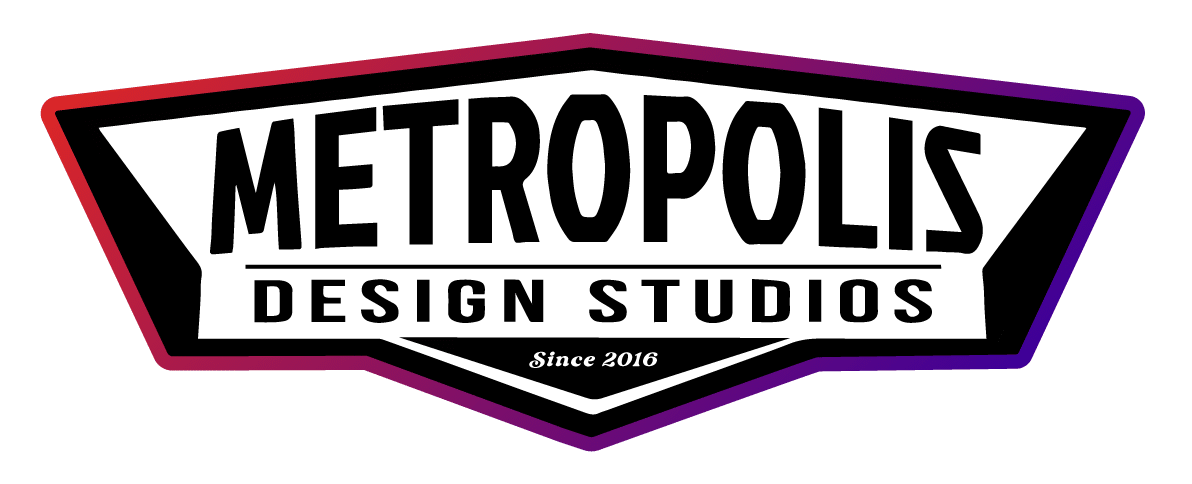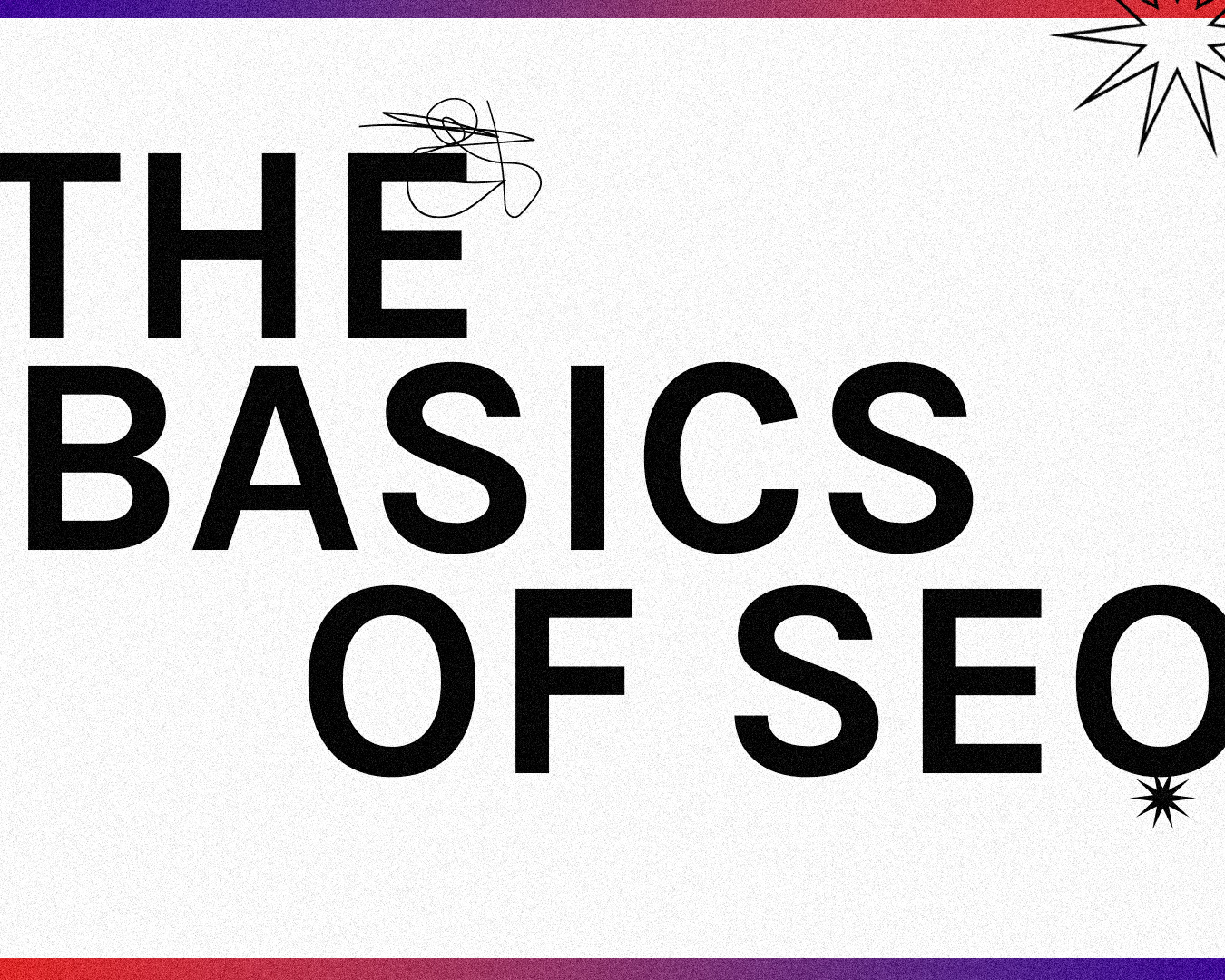The Basics of SEO | In the ever-evolving realm of digital marketing, Search Engine Optimization (SEO) stands as the cornerstone for improving a website’s visibility and driving organic traffic. While the landscape of SEO may seem daunting at first glance, understanding its key components can demystify the process and pave the way for enhanced online presence. In this guide, we delve into three crucial aspects of SEO: Keywords and Key Phrases, Readability, and the Lesser Known Magic of Image Descriptions.
Keywords and Key Phrases
At the heart of the basics of SEO lies the strategic use of keywords and key phrases. These are the terms and phrases that users type into search engines when seeking information. Integrating relevant keywords into website content signals to search engines that your site is a valuable resource for those particular topics, thereby improving its ranking in search results.
However, effective keyword usage goes beyond mere repetition. It involves thorough research to identify high-traffic keywords pertinent to your niche. Tools like Google Keyword Planner or SEMrush can aid in this process, offering insights into search volume, competition, and related keywords.
Once you’ve compiled a list of target keywords, seamlessly incorporate them into your website’s titles, headings, meta descriptions, and body content. Strive for a natural flow of language while ensuring that keywords are strategically placed for maximum impact.
Readability
In the digital sphere, readability plays a pivotal role in engaging and retaining website visitors. A well-structured, easy-to-read content not only enhances user experience but also contributes to SEO performance.
When crafting content, keep paragraphs concise and utilize headings and subheadings to break up text. Bullet points and numbered lists can further improve readability by presenting information in a digestible format. Additionally, aim for a conversational tone that resonates with your target audience, steering clear of overly technical jargon that may alienate readers.
Tools such as Yoast SEO or Grammarly can assess the readability of your content, offering suggestions for improvement. Pay attention to factors like sentence length, word choice, and sentence complexity to ensure that your content is accessible to a wide audience.
The Lesser Known Magic – Image Descriptions
While text-based content often takes center stage in SEO strategies, overlooking the importance of image descriptions can be a missed opportunity. Search engines cannot interpret images in the same way humans do; they rely on accompanying text to understand the context and relevance of an image.
Image descriptions, also known as alt text or alt tags, serve as textual descriptions of images on a webpage. They not only improve accessibility for visually impaired users but also provide valuable metadata for search engines. When crafting image descriptions, be descriptive yet concise, accurately summarizing the content and purpose of the image.
Incorporating relevant keywords into image descriptions can further bolster your SEO efforts, providing additional signals to search engines about the content of your website. Remember to use keywords sparingly and naturally, avoiding keyword stuffing tactics that may result in penalization by search engines.
Active and Passive Voice: A Crucial Consideration in SEO
In the realm of content creation, the choice between active and passive voice can significantly impact both readability and SEO performance. Active voice emphasizes clarity and directness, making it ideal for engaging readers and conveying information succinctly. On the other hand, passive voice can sometimes obscure the subject of a sentence, leading to ambiguity and decreased reader comprehension.
From an SEO perspective, active voice tends to perform better as it enhances the clarity of your content and improves keyword integration. Search engines prioritize content that is concise, informative, and easy to understand, making active voice a valuable asset in optimizing your website for higher rankings.
When crafting content, strive to use active voice whenever possible, particularly in headings, meta descriptions, and key sections of your text. Active voice not only improves readability but also strengthens the connection between your content and target keywords, thereby enhancing its relevance in search engine results.
Conclusion
In conclusion, mastering the basics of SEO requires a multifaceted approach encompassing keywords and key phrases, readability, and image descriptions. By optimizing each of these elements, you can enhance your website’s visibility, attract organic traffic, and ultimately achieve your digital marketing goals.
Additional Articles
SEO Writing: 12 Tips for Creating SEO-Optimized Content by SemRush
What is SEO? A beginner’s guide to search engine optimization

